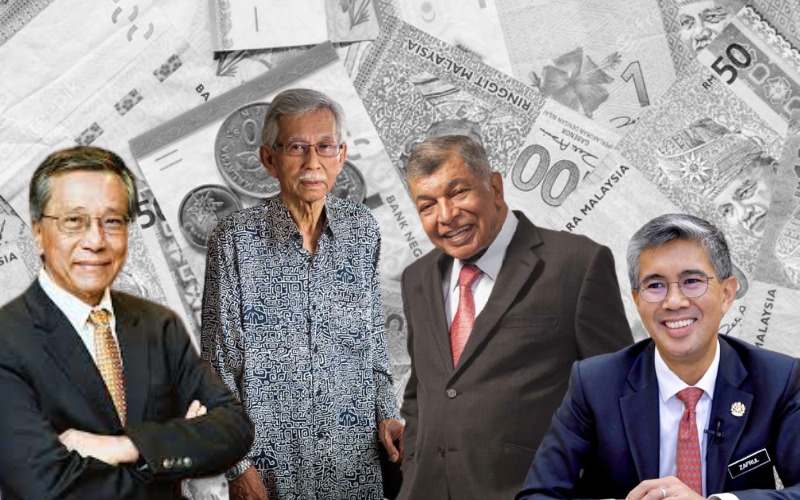One of the main takeaways from the climate talks at COP28 last December was the lack of climate mitigation and adaptation funds for developing countries. The failure of developed countries to deliver on their pledge to provide $100 billion per year in climate financing continues to erode trust between the developed and developing worlds.
China is a rising player in the world of climate finance. According to one analysis, the country accounted for $2.8 billion in funding in 2020, good for seventh in the world, behind Italy and ahead of Canada.
That number will likely grow in the near future. During the third Belt and Road Forum last October, China pledged over $100 billion to BRI projects in the upcoming years, with an emphasis on green development. Here are three trends worth paying attention to when it comes to China’s climate financing initiatives.
The bundled approach
Financing renewable energy projects in developing countries has always been a challenge, both due to higher lending costs and the risks of political and economic uncertainty. In an attempt to allay these concerns, state banks like the China Development Bank and the Export-Import Bank of China, along with some commercial institutions, are increasingly bundling smaller renewable projects together, spreading out the risk as they try to improve investor confidence. The China-Africa Renewable Energy Innovation Cooperation (CAREIC) program, for example, was launched at COP27 in Egypt in 2022. It has already bundled 100 renewable energy projects across the African continent and is marketing its approach to Chinese developers interested in green development opportunities in Africa.
At the latest BRI Forum, China unveiled what it calls the Green Investment and Finance Partnership (GIFP), part of an effort to increase funding support for green BRI projects, in part via bundling. The partnership is intended to help Chinese renewables developers identify the right mix of financing solutions, including debt, equity, investment, and grants, for the country or countries in which they operate.
Private financing
As with much of China’s climate response, overseas funding continues to be dominated by large, state-owned enterprises. But there are a handful of private firms trying to compete.
The most notable of these are in the solar industry. Of the 31 deals signed at the BRI Forum’s CEO conference, 13 were in the energy and utility sectors, with private companies leading the way. Chinese investors are also getting more involved in energy storage projects and in funding local manufacturing facilities for solar components.
The strength of these firms lies in their flexibility; rather than focus on large-scale energy projects, many firms specialize in things like small regional power networks or rooftop solar — both of which could make a huge difference in Africa or the Pacific.
Off the grid
Power deficits often coincide with development deficits, and investing in renewable energy projects in developing countries can address energy needs and local economic concerns at the same time. Traditionally, Chinese firms have focused on large-scale power generation, but there are signs this is beginning to change as firms expand into traditionally underserviced regions like rural areas.
In interviews with African stakeholders, the China-Africa Energy Innovation Accelerator Program found that 20% of respondents’ needs involved solar or agriculture, including commonly cited objects like smart solar pumps for powering irrigation and solar-powered dryers.
Building solar in areas with poor power infrastructure can also help local farmers increase their yields. In Nigeria, where power cuts are frequent and about three-quarters of rural residents are off the grid, a Chinese solar firm, Sunvis Solar, is promoting solar-powered irrigation projects as an alternative to grid expansion or diesel. These projects can help local communities pump water economically even during the dry season, increasing farmer income and lowering costs.
Editor: Cai Yiwen.
(Header image: Solar thermal electric power plants in Jiuquan, Gansu province, Jan. 23, 2024. Zhou Xingliang/VCG)
Note: This article have been indexed to our site. We do not claim legitimacy, ownership or copyright of any of the content above. To see the article at original source Click Here












